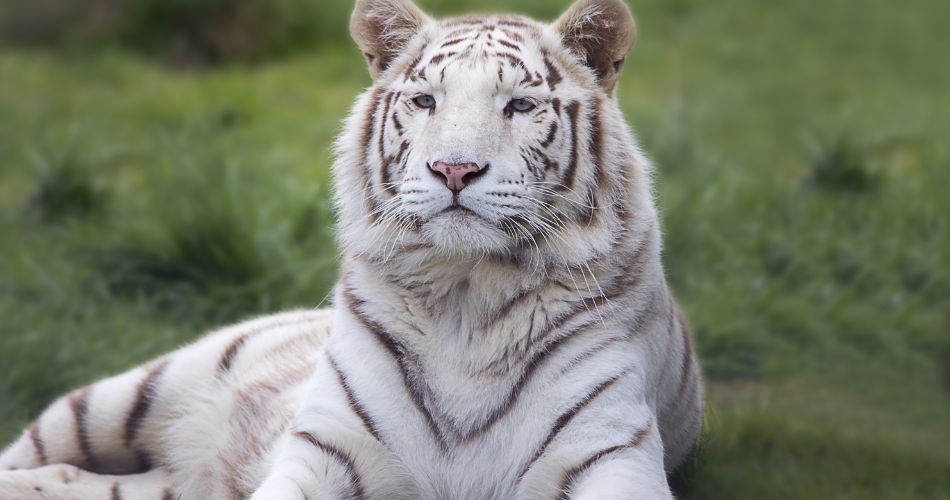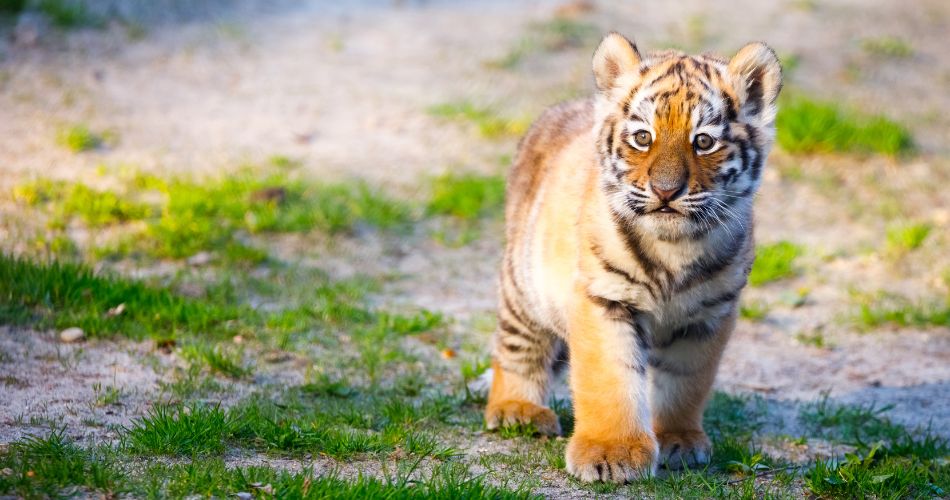International Tiger Day on July 29, observed annually, is dedicated to raising global awareness about tiger conservation and celebrating these majestic big cats.
History of International Tiger Day
International Tiger Day was established in 2010 during the Saint Petersburg Tiger Summit—when leaders from the 13 tiger-range countries recognized that the world’s tiger population had plummeted by 97% over the previous century. The summit set a bold goal: Tx2—to double wild tiger numbers by 2022. Russian President initiated the observance and encouraged tougher legal protections for the Amur tiger.
Since then, July 29 has become a global platform. Governments, NGOs like WWF, and local communities engage in educational campaigns, wildlife rescue efforts, and fundraising, notably under the “3890 Tigers” online campaign, all aimed at promoting habitat protection and anti-poaching measures. 1
Why is International Tiger Day important?
Tigers are keystone predators of forest ecosystems—when their populations thrive, so does a mosaic of wildlife that depends on the same habitat. They’re considered an umbrella species, meaning their recovery benefits a multitude of other species. Observing this day highlights how saving tigers means protecting entire ecosystems.
It also shines a light on ongoing threats—poaching, habitat destruction, illegal wildlife trade—and celebrates success stories. For instance, India has more than doubled its tiger population since the 2006 baseline, with over 3,600 wild tigers counted in 2023. Celebrating the day encourages public support and motivates broader international cooperation to ensure their survival.
- tigers help maintain healthy forests
- awareness fuels action against poaching
- each tiger saved means another habitat protected
- communities gain pride and purpose through conservation
- celebrating success reminds us recovery is possible
How to Observe International Tiger Day
You can make an impact in everyday ways. Start by raising awareness—share verified tiger facts on social media or use your platform to spotlight conservation groups. Donations, even small ones, support anti-poaching patrols, community programs, and habitat restoration.
Look for local or virtual events: webinars, photography exhibitions, wildlife documentaries, or educational programs in schools and civic centers. If possible, support wildlife-friendly tourism—visiting tiger reserves responsibly channels funding to conservation and local communities.
- post a tiger fact or conservation link today
- donate to a trusted tiger charity
- attend a webinar or local conservation event
- support responsible wildlife tourism
- watch a documentary and discuss it with others
Interesting facts about tigers

- Tigers are the largest wild cats in the world
The Siberian tiger can weigh up to 660 pounds (300 kg) and measure over 10 feet (3 meters) in length, including the tail. - Each tiger has a unique stripe pattern
Just like human fingerprints, no two tigers have the same set of stripes. - There are six surviving subspecies
These include the Bengal, Indochinese, Malayan, Siberian, South China (critically endangered), and Sumatran tigers. - They are solitary animals
Tigers prefer to live and hunt alone, marking large territories to avoid other tigers. - Tigers are powerful swimmers
Unlike most cats, tigers love water and can swim long distances — sometimes over 15 miles (25 km) in one stretch. - Tigers are endangered
Fewer than 4,000 tigers remain in the wild due to habitat loss, poaching, and human conflict. - They mainly hunt at night
Tigers are nocturnal predators, using stealth and power to ambush prey like deer, wild boar, and buffalo. - A tiger’s roar can be heard up to 3 km (1.8 miles) away
They use their roar to communicate territory boundaries and presence to rivals. - White tigers are not a separate species
White tigers are Bengal tigers with a rare genetic mutation (leucism), not albinos. 2

- 10. Tiger cubs are born blind
At birth, they are blind and completely dependent on their mother, who cares for them for about two years.

International Tiger Day Dates Table
| Year | Date | Day |
|---|---|---|
| 2025 | July 29 | Tuesday |
| 2026 | July 29 | Wednesday |
| 2027 | July 29 | Thursday |
| 2028 | July 29 | Saturday |
| 2029 | July 29 | Sunday |
- https://www.worldanimalprotection.org/our-campaigns/sentience/animal-awareness-days/international-tiger-day/[↩]
- https://www.ifaw.org/animals/white-tigers[↩]
Subscribe to our newsletter and never miss a holiday again!

